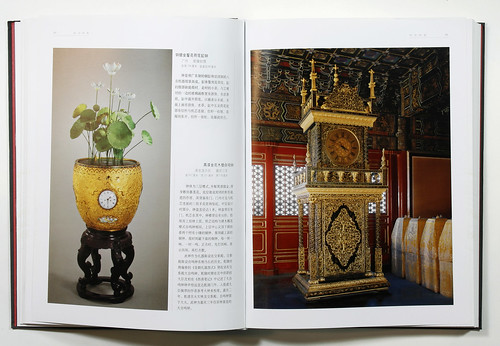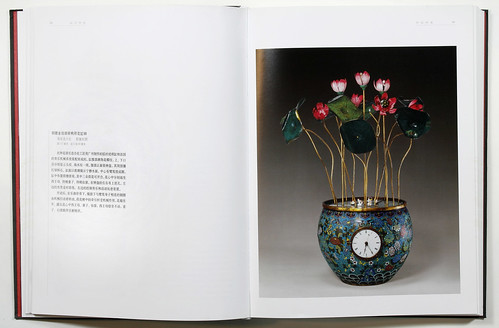Believe it or not, clocks played a very important role for the foreign missionaries in opening the door to China in the 16th and 17th centuries.
Italian Jesuit missionary Matteo Ricci, after settling in Macau in 1582, learned classical Chinese and adapted Chinese customs. He made a few attempts to have a residence or church in Beijing, but failed.
What really made a difference was a gift list presented to the Ming emperor Wanli, who was intrigued by the two chime clocks listed. Ricci was able to enter the Forbidden City to present the gifts to the emperor, even though he wasn’t received by the emperor himself. The clocks became the emperor’s favorites. Since no one at the court understood the technique of clock striking, Ricci was made to stay and spent the rest of his life there, teaching Chinese people science and preaching religious thoughts. His clocks also started a trend in collecting clocks among Chinese royals and aristocrats.
To learn more about the wonderful collection of clocks and watches in the Forbidden City, please stop by the Freer/Sackler Library to check out many books devoted to the subject.—Yue Shu
Books on Matteo Ricci:
Mignini, Filippo, ed., 2003. Padre Matteo Ricci: l’Europa alla corte dei Ming. Milano: Mazzotta.
Spence, Jonathan D., 1984. The memory palace of Matteo Ricci. New York: Viking Penguin.
Young, John D., 1980. East-West synthesis: Matteo Ricci and Confucianism. Hong Kong: Centre of Asian Studies, Univ. of Hong Kong.
Books on Chinese clocks and watches:
Gu gong bo wu yuan (China), 2004. Gu gong zhong biao. Beijing: Forbidden City Press.
Gu gogn bo wu yuan (China), 2004. Moments of eternity: timepieces collection from the Palace Museum. Macau: Museu de Arte de Macau.
Guo, Fuxiang, 2002. Ming Qing huang di yu zhong biao. Beijing: Forbidden City Press.
Lang, Xiuhua, 2002. Clocks and watches of the Qing dynasty: from the collection in the Forbidden City. Beijing: Foreign Language Press.
Pagani, Catherine, 2001. “Eastern magnificence and European ingenuity”: clocks and late imperial China. Ann Arbor: University of Michigan Press.



Be First to Comment